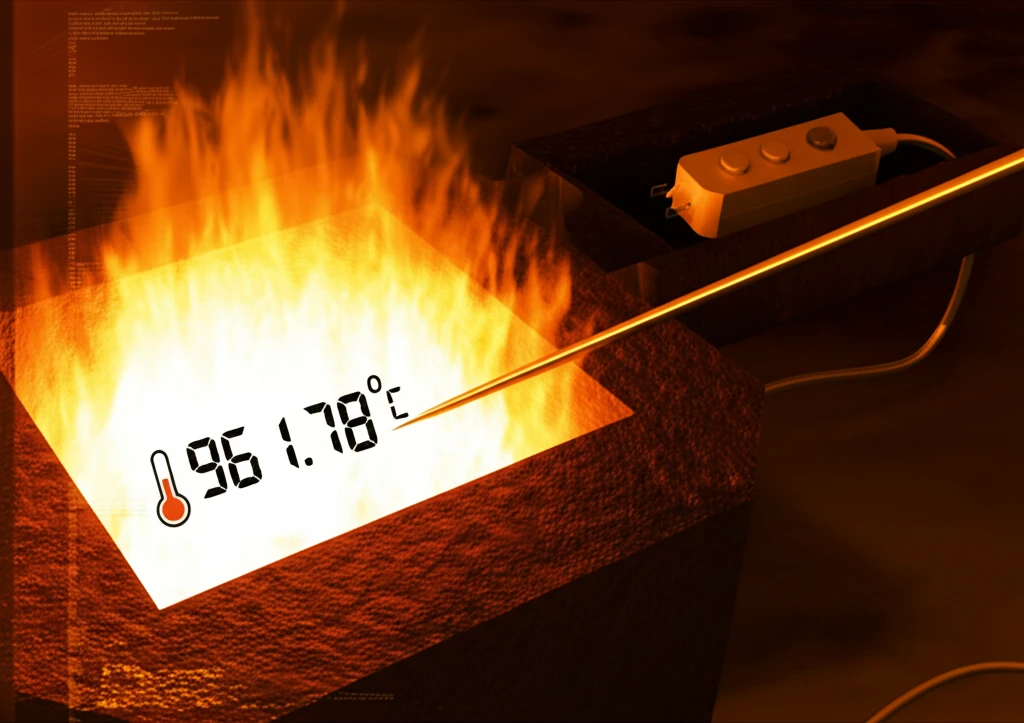
Gold Standard Thermocouples: Are They Ready to Redefine High-Temperature Measurement?
"Exploring the potential of gold/platinum thermocouples to replace traditional thermometers in critical temperature ranges."
For decades, the International Temperature Scale of 1990 (ITS-90) has relied on platinum resistance thermometers to define temperatures with high precision. However, at extreme temperatures—specifically between the melting points of aluminum (660.323°C) and silver (961.78°C)—these thermometers face significant challenges. They become vulnerable to contamination, lack stability, and often show poor repeatability, pushing scientists to seek alternatives.
Enter the gold/platinum (Au/Pt) thermocouple, a promising candidate to replace the traditional high-temperature platinum resistance thermometers (HTSPRTs). Made from pure gold and platinum wires, these thermocouples offer the potential for exceptional thermoelectric stability and homogeneity, which are critical for precise temperature measurements. The idea isn’t new, but recent research is exploring how to make Au/Pt thermocouples a reliable standard.
This article dives into the latest research on Au/Pt thermocouples, examining their thermoelectric properties, the challenges in their development, and their potential to redefine high-temperature measurement. We will explore how scientists are working to overcome historical limitations to make Au/Pt thermocouples a viable alternative to HTSPRTs.
Why Are Gold/Platinum Thermocouples Gaining Attention?

The core appeal of Au/Pt thermocouples lies in their potential for superior stability and uniformity compared to HTSPRTs. Traditional platinum resistance thermometers become less reliable at high temperatures due to several factors:
- Susceptibility to Contamination: High temperatures increase the risk of impurities affecting the platinum's electrical resistance.
- Lack of Stability: The resistance of platinum can change over time, leading to inconsistent readings.
- Poor Repeatability: Measurements may vary significantly, making it difficult to obtain reliable results.
Are Gold/Platinum Thermocouples the Future of High-Temperature Measurement?
While challenges remain, the progress in refining Au/Pt thermocouples is promising. Ongoing research aims to improve thermoelectric homogeneity and reduce measurement uncertainties, bringing these thermocouples closer to practical application. Though HTSPRTs have long been the standard, Au/Pt thermocouples may redefine high-temperature metrology in the years to come.
